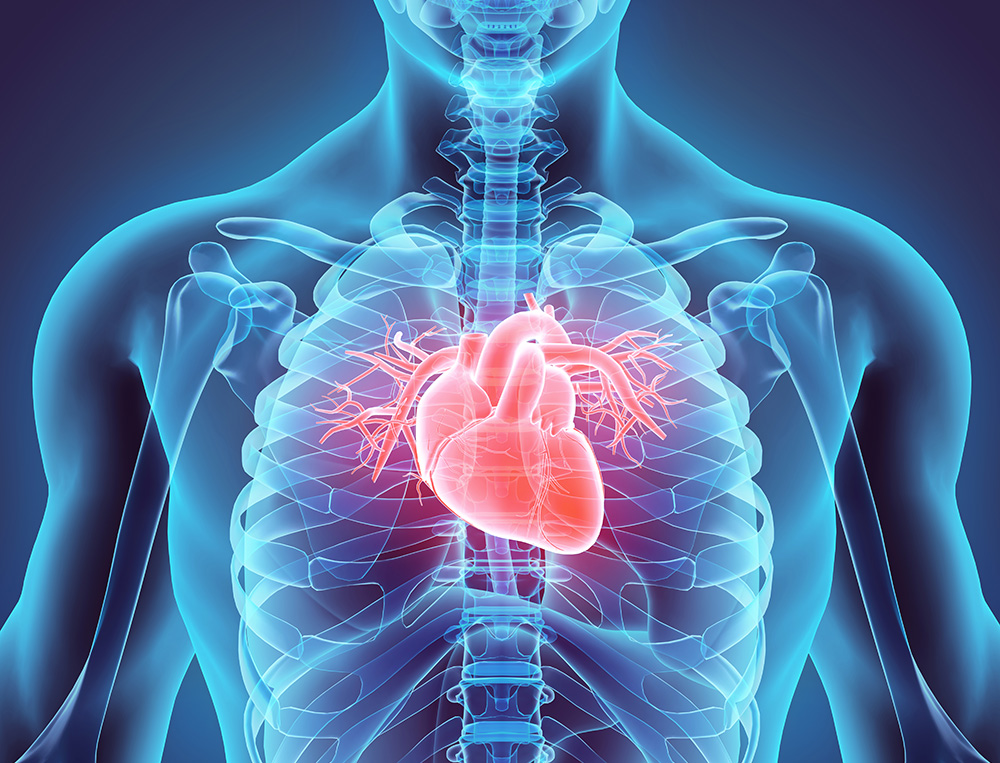What is Heart Disease?

Heart disease is more lethal to Americans than any other health condition (including cancer), and it has been for years. Billions of dollars per year are spent trying to reverse its affects, from expensive medicine to expensive surgery. Most hear or read a short blurb about heart disease and immediately their eyes gloss over or their ears close, most except the 690,882 Americans who died of heart disease in 2020.
The data is clear: a lot of people die of heart disease, specifically coronary artery disease every year – AND it’s largely preventable. Coronary Artery Disease (CAD) is often defined as a narrowing of the blood vessels that supply blood and oxygen to the heart itself. This narrowing occurs because many people eat foods that clog arteries, specifically those high in cholesterol or fat. Our bodies break down the food and these smaller particles are circulated through our blood stream. These particles usually travel through the blood without a problem, but occasionally they start sticking to the walls of the blood vessels and cause them to narrow and become less flexible. Less flexible arteries react more poorly to increased demand on the heart to pump more blood during exercise, and the whole system becomes less efficient. A good analogy is an older home with copper or cast-iron plumbing. Over time, often decades, the small particles in drinking water build up in the pipes and the water at the faucet doesn’t flow very fast. The same type of thing occurs in the blood vessels over time, often decades. In addition to poor diet, a number of other things increase risk for CAD, inclusive of high cholesterol, high blood pressure, smoking, second-hand smoke, diabetes, a family history of heart disease and growing older. Obviously growing older and family history is unpreventable, but there are many things that can be done to help prevent these risk factors from affecting you.


